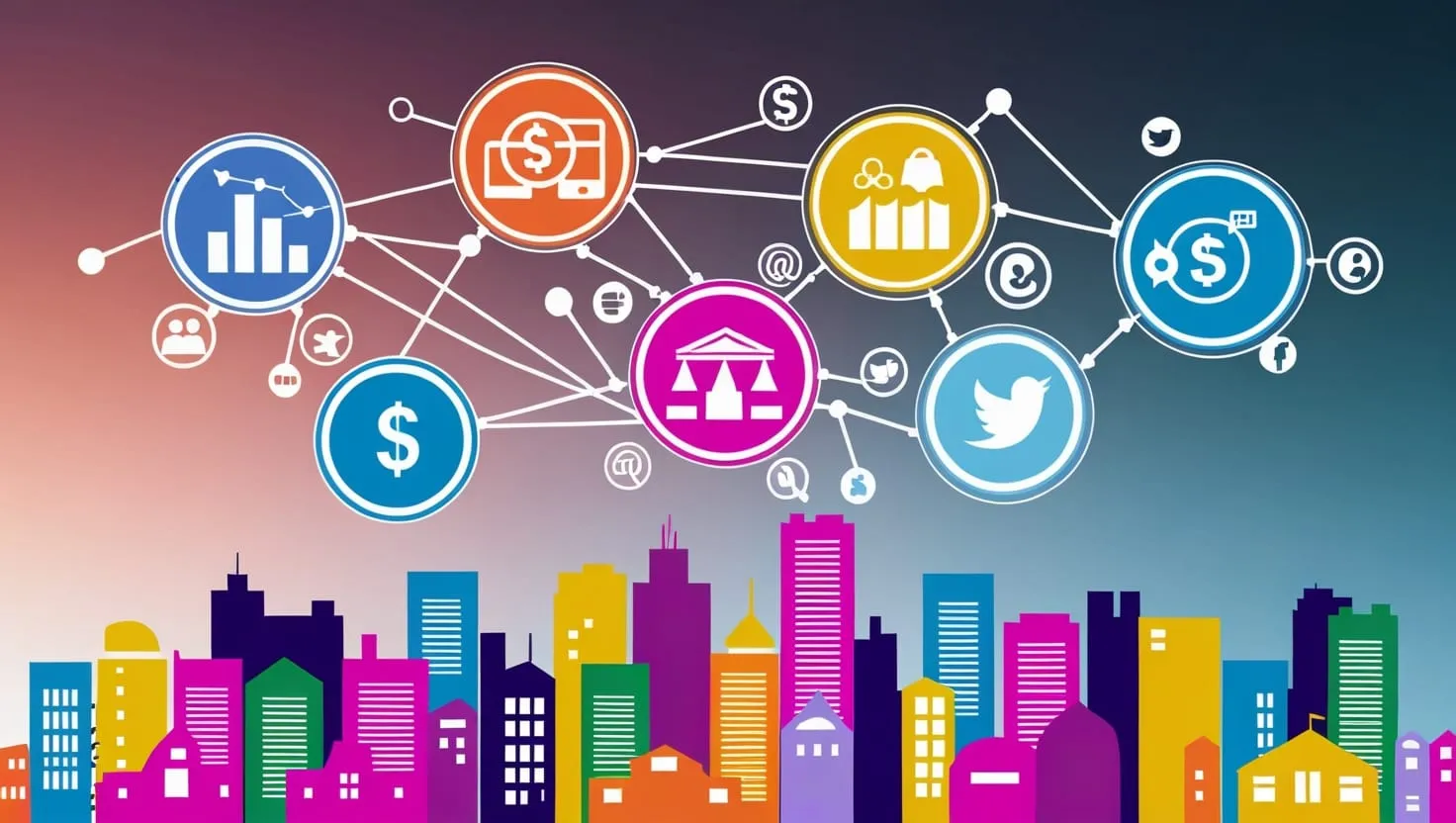As leaders, we often find ourselves at the helm of complex organizations, juggling multiple responsibilities and making critical decisions that impact not just our teams, but the entire organization. In this fast-paced and demanding environment, maintaining clarity, emotional balance, and effective communication is crucial. This is where mindfulness techniques come into play, offering a powerful toolkit for enhanced leadership.
The Foundation of Mindfulness: Daily Meditation Practice
Starting your day with a meditation practice can be a game-changer. It’s not about finding a quiet, serene spot in a bustling office; even a few minutes in a busy corner can make a difference. Meditation helps in cultivating a sense of presence, allowing you to be fully engaged in the moment. This presence translates into better decision-making, as you’re more likely to consider all aspects of a situation without the cloud of distractions. Leaders who meditate regularly often report improved focus and a clearer mind, enabling them to tackle complex problems with greater ease.
The Art of Mindful Listening in Meetings
Meetings are a staple of any organization, and how you listen during these sessions can significantly impact team dynamics. Mindful listening involves giving your full attention to the speaker, absorbing not just the words but also the nuances of tone and body language. This approach validates the speaker’s contribution and provides a richer understanding of the team’s perspectives and concerns. Imagine a team meeting where ideas are shared, and decisions are made. A leader practicing mindful listening can absorb the collective wisdom of the team, leading to more informed and inclusive decisions.
Breath Awareness: A Calming Influence
Stressful situations are inevitable in leadership roles, and how you manage them can define your effectiveness. Breath awareness is a simple yet powerful technique that can interrupt anxious thoughts and bring about a state of inner balance. Before a big presentation or during a tense meeting, taking a few mindful breaths can calm the nerves and bring clarity to your thoughts. This practice improves interoceptive awareness, allowing you to identify and manage stress signals from your body more effectively. It’s a subtle yet potent tool that can transform your leadership style by fostering empathy, equanimity, and cooperativeness.
Body Scan for Self-Awareness
Self-awareness is a cornerstone of effective leadership, and a body scan can be an invaluable tool in this regard. By paying attention to your physical sensations, you can gain insights into your emotional state. This practice helps in recognizing patterns of tension or relaxation, allowing you to manage your emotions better. For instance, if you notice your shoulders tensing up during a meeting, it might be a sign that you’re feeling overwhelmed or stressed. Recognizing this physical cue can prompt you to take a step back, breathe, and approach the situation with a clearer mind.
Gratitude Journaling: A Positive Perspective
Gratitude journaling is a simple yet profound practice that can shift your perspective and enhance your leadership. By reflecting on the things you’re grateful for each day, you cultivate a positive mindset that resonates with your team. This practice helps in focusing on the good, even in challenging times, and fosters a sense of appreciation and respect for your team members. Leaders who practice gratitude journaling often report improved relationships and a more positive team culture.
Single-Tasking for Improved Focus
In a world where multitasking is often lauded, single-tasking can be a refreshing change. This involves focusing on one task at a time, giving it your undivided attention. By doing so, you can achieve a level of concentration that enhances productivity and reduces errors. Single-tasking is particularly beneficial in leadership roles where decisions have significant consequences. It allows you to delve deeper into each task, considering all aspects before making a decision.
Mindful Walking Between Tasks
Transitions between tasks can be moments of mental fatigue, but mindful walking can turn these breaks into opportunities for rejuvenation. By paying attention to your steps, the sensation of your feet touching the ground, and the rhythm of your breath, you can clear your mind and refresh your focus. This practice is especially useful in high-pressure environments where constant mental engagement can be exhausting. It’s a way to recharge and come back to your tasks with renewed energy and clarity.
Emotional Labeling for Better Regulation
Emotional labeling involves recognizing and naming your emotions as they arise. This simple act can significantly improve emotional regulation, a critical aspect of leadership. By acknowledging your emotions, you can manage them more effectively, reducing the likelihood of impulsive reactions. For instance, if you feel frustrated during a meeting, labeling that emotion can help you step back and respond more thoughtfully. This practice enhances emotional intelligence, allowing you to navigate complex emotional landscapes with greater ease.
Neurological Benefits of Mindfulness
Mindfulness practices have profound neurological benefits that can enhance leadership effectiveness. Regular mindfulness practice can improve attention regulation, emotion regulation, and self-regulation. These improvements are linked to changes in brain structure and function, particularly in areas responsible for attention and emotional processing. For example, mindfulness has been shown to increase grey matter in the hippocampus, an area crucial for memory and emotional regulation. This neurological enhancement translates into better decision-making, reduced stress, and improved emotional intelligence.
Impact on Team Dynamics
The impact of mindfulness on team dynamics is multifaceted. Leaders who practice mindfulness tend to create a more cohesive and respectful team environment. By listening mindfully and responding thoughtfully, leaders foster deeper connections with their team members. This approach validates each member’s contribution, leading to a more engaged and motivated team. Additionally, mindful leaders are better at adapting to change and managing conflicts, which are essential skills for maintaining a positive and productive team culture.
Examples of Successful Leaders
Several successful leaders have incorporated mindfulness into their routines, with remarkable results. For instance, Marc Benioff, the CEO of Salesforce, has spoken about the importance of mindfulness in his leadership. He practices meditation daily and encourages his employees to do the same, believing it enhances their focus and creativity. Similarly, Arianna Huffington, the founder of The Huffington Post, has emphasized the role of mindfulness in reducing stress and improving decision-making. These leaders exemplify how mindfulness can be integrated into busy schedules to enhance leadership effectiveness.
In conclusion, mindfulness techniques offer a powerful arsenal for leaders looking to enhance their decision-making, reduce stress, and improve emotional intelligence. By incorporating practices such as daily meditation, mindful listening, breath awareness, body scans, gratitude journaling, single-tasking, mindful walking, and emotional labeling into their routines, leaders can transform their approach to leadership. These techniques not only benefit the leader but also have a positive impact on team dynamics, fostering a more respectful, engaged, and productive work environment. As we continue to navigate the complexities of modern leadership, embracing mindfulness can be a pivotal step towards achieving greater success and well-being.






